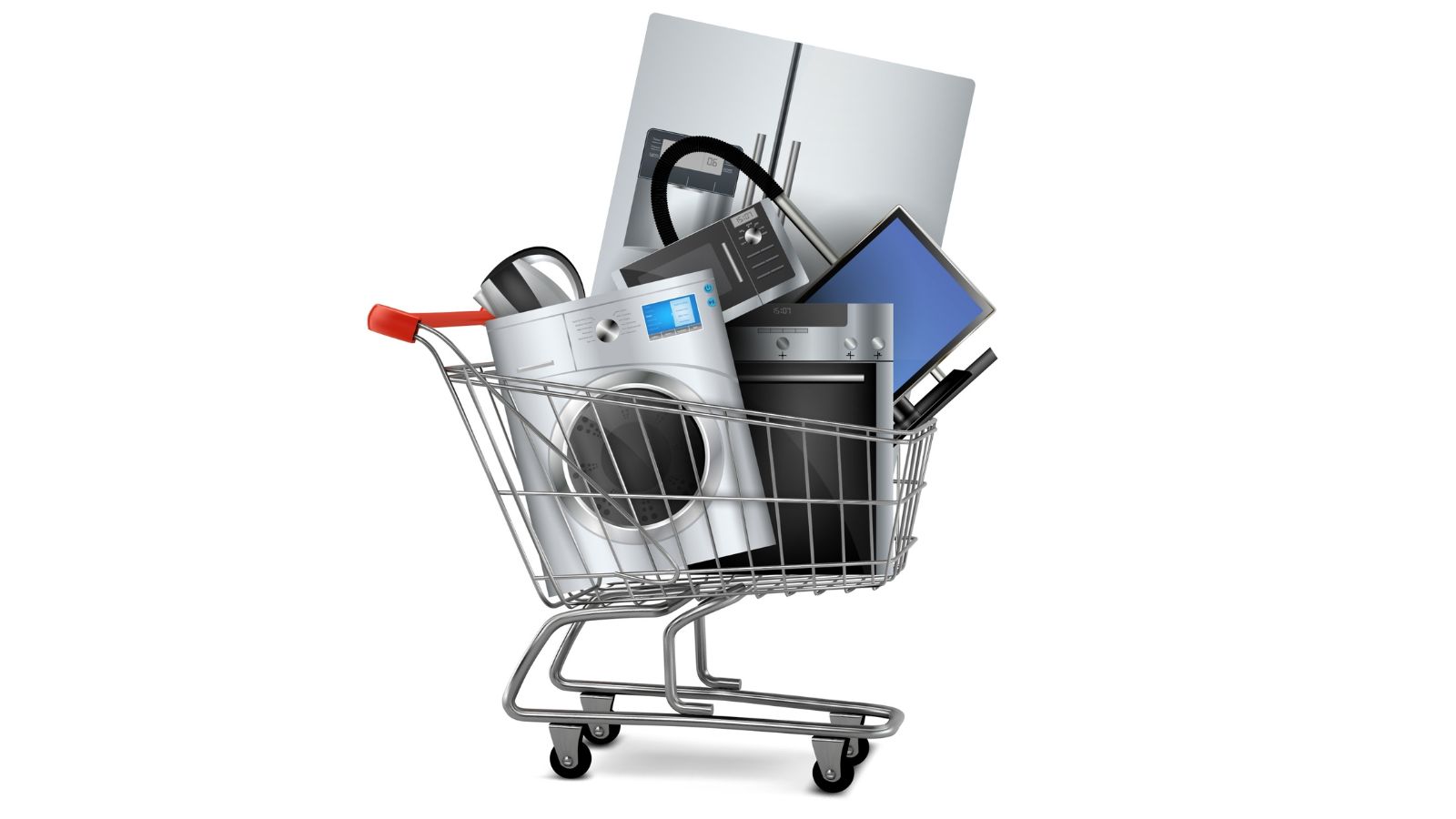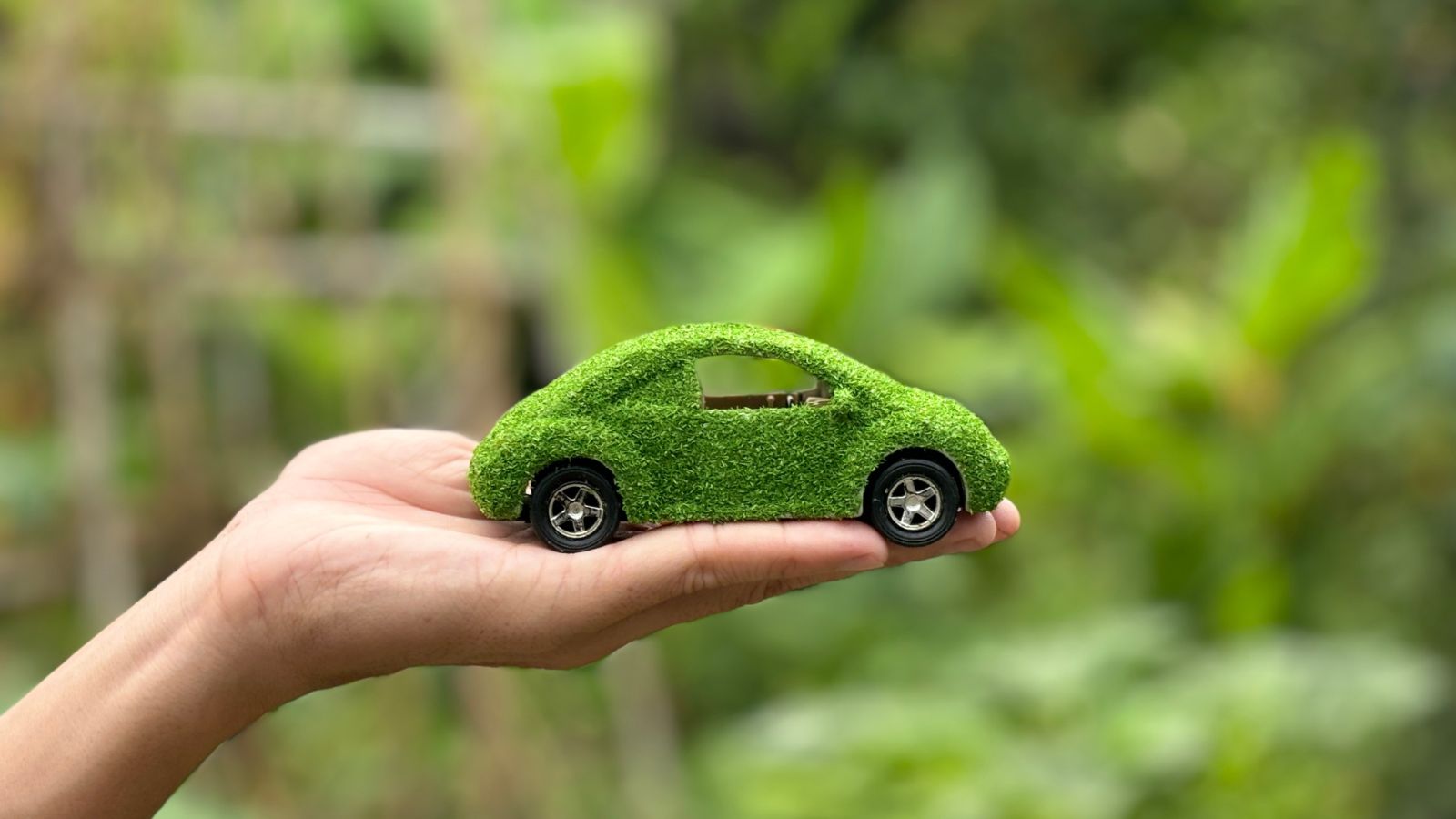Our everyday habits, from what we eat to how we travel, can significantly impact the environment. Most people are unaware of the hidden environmental costs of our daily choices, which is why we are taking a look at 18 surprising facts about actions that contribute to climate change and pollution:
Plastic Bottle Usage

Globally, we consume around 1 million plastic bottles every minute. Only about 9% of these bottles are recycled, leaving billions to pollute oceans and landfills. Single-use plastics like these take hundreds of years to decompose, impacting wildlife and releasing toxic chemicals into ecosystems.
Food Waste Emits More Greenhouse Gases than Most Countries

Around one-third of all food produced goes to waste. This waste decomposes in landfills, releasing methane, which is a greenhouse gas 28 times stronger than CO₂. If food waste were a country, it would be the third-largest emitter of greenhouse gases after the U.S. and China.
Fast Fashion

The fast fashion industry contributes to 10% of global carbon emissions—more than the emissions from international flights and shipping combined. Rapid production cycles drive demand for synthetic fabrics, which require fossil fuels and release microplastics into the oceans when washed.
Coffee Production and Deforestation

Our love for coffee has led to deforestation in tropical areas to make room for coffee plantations. Coffee farming is also water-intensive, using about 140 liters of water to produce a single cup of coffee, impacting freshwater supplies and ecosystems in regions already experiencing water scarcity.
Water Bottles Are Energy-Intensive to Produce

It takes approximately 3 liters of water to produce a single liter of bottled water. Add the energy needed for production, transportation and refrigeration, and bottled water ends up having a much higher environmental footprint than tap water.
Electronics and Rare Earth Metals

The production of electronics like smartphones, laptops and tablets requires rare earth metals such as lithium and cobalt, often mined in ways that cause significant environmental degradation. Mining for these materials damages ecosystems and requires vast amounts of water and energy.
Electricity Consumption from Streaming

Streaming video content requires large data centers to operate. One hour of streaming video emits about 36 grams of CO₂, and given the global popularity of streaming, the environmental impact adds up quickly. High-definition videos and large file downloads exacerbate this issue.
Paper Towel Waste

In the U.S. alone, approximately 13 billion pounds of paper towels are used every year. Most end up in landfills, where they contribute to greenhouse gas emissions. Switching to reusable cloths or air drying hands could help reduce this waste.
Single-Use Coffee Pods

Despite their convenience, single-use coffee pods are notorious for their environmental impact. Over 20 billion pods are discarded annually, mostly ending up in landfills where they take up to 500 years to decompose. Even recyclable pods are often discarded improperly.
Household Cleaning Products and Toxic Chemicals

Many common cleaning products contain phosphates, ammonia and bleach that can end up in waterways, causing pollution and harming aquatic life. Alternatives like vinegar, baking soda and eco-friendly cleaners can help reduce these environmental impacts.
Meat Consumption Drives Deforestation

The global demand for meat, especially beef, contributes to deforestation in the Amazon and other areas to create grazing land. Livestock farming also produces methane and uses vast amounts of water. A single hamburger can require up to 660 gallons of water to produce.
Toothpaste Tubes and Deodorant Containers

Most toothpaste tubes and deodorant containers are made from plastic that’s difficult to recycle. Billions of these items end up in landfills each year, where they take hundreds of years to break down. Some brands now offer reusable and compostable alternatives.
Car Idling and Air Pollution

When you leave your car idling for just 10 minutes, it emits as much as 1 pound of carbon dioxide. This habit not only wastes fuel but also contributes to air pollution and respiratory issues, especially in urban areas.
Air Travel

A single round-trip flight from New York to London generates about 1.2 tons of CO₂ per passenger, nearly the same as the emissions of an average car over a year. Air travel is one of the most carbon-intensive modes of transport and flying less or choosing train travel for shorter trips can help reduce emissions.
Disposable Razors

Approximately 2 billion disposable razors are discarded each year in the U.S. alone. These plastic-and-metal products are rarely recyclable and contribute significantly to landfill waste. Switching to a reusable razor can dramatically reduce this waste.
Petroleum-Based Lip Balm and Cosmetics

Many lip balms and other cosmetics contain petroleum-derived ingredients. Extracting and refining petroleum is environmentally damaging and the microplastics and chemicals from these products can wash into waterways when used, impacting marine ecosystems.
Indoor Temperature Control

Heating and cooling account for a large portion of household energy use. Turning the thermostat down just one degree in winter can save about 1% of energy per year. Using energy-efficient methods like proper insulation and eco-friendly HVAC systems can help reduce environmental impacts.
Pesticides and Fertilizers in Lawn Care

Maintaining pristine lawns often requires chemical pesticides and fertilizers that can run off into waterways, harming fish and other aquatic life. Fertilizer runoff contributes to algal blooms and dead zones in oceans and lakes, which harm biodiversity and reduce oxygen levels.
18 Reasons Why People Are Leaving Florida in Masses

Exploring factors that impact the desirability of living in Florida, this list delves into various challenges shaping residents’ experiences. From environmental concerns like rising sea levels to economic factors such as fluctuating job markets, these issues collectively contribute to a nuanced understanding of the state’s appeal.
18 Reasons Why People Are Leaving Florida in Masses

Abhishek Ragunath is specialized writer for Trendonomist focusing on topics related to Investing, Money, Technology, Marketing and everything in between. He enjoys hiking, travelling, and is a self proclaimed foodie! He has written for brands including Hashtag Investing, Motely Fool, WallstreetZen & More.
